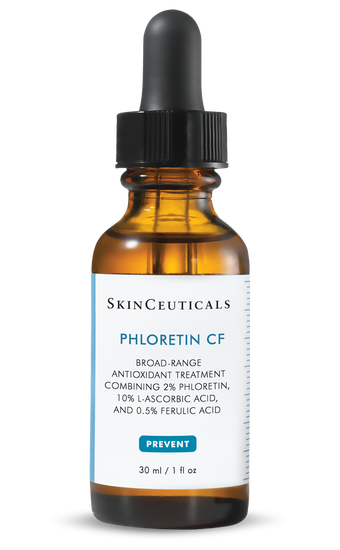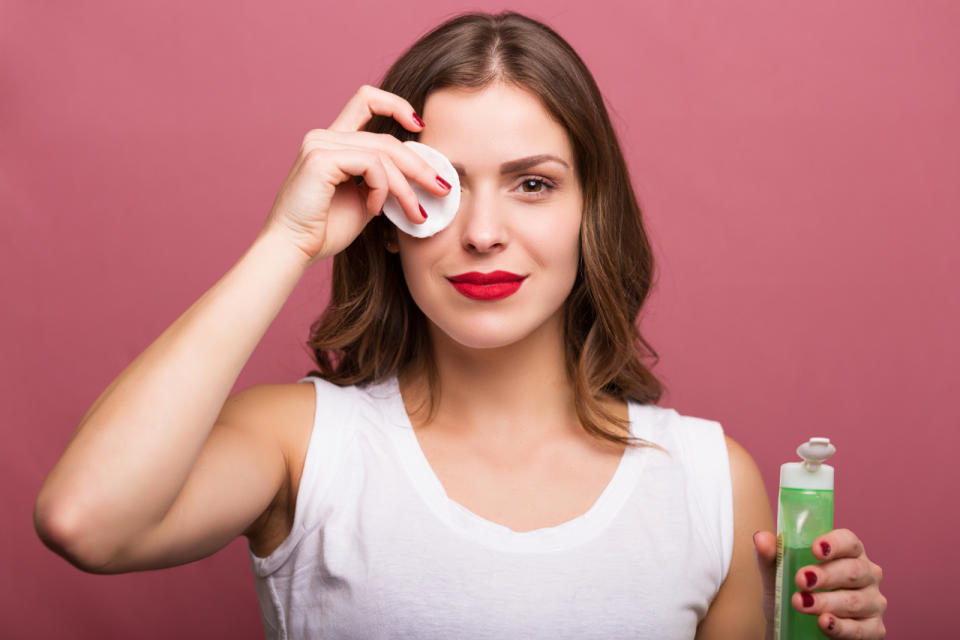Clear out your cupboards! These are the only skin care products you actually need

You don’t have to look far to see that Korean skin care is influencing the beauty game here on the other side of the world. Not only has it introduced us to new products and ingredients – essences, pig collagen, and bb cream – but it has also brought up the notion of layering.
While my skin care routine consists of three products, some Korean skin care regimes can have up to 22 steps, including exfoliating, oils, double-cleansing, serums and moisturizers. To some, that may seem overindulgent, but one glance at a flawless Korean complexion and it’s easy to see why so many people are jumping on board.
But before you go blowing your paycheck on a ton of products, I asked Dr. Sandy Skotnicki, owner and medical director at Bay Dermatology Centre, whether it was really necessary. The short answer: no.
“We don’t need so many products, but consumers like them,” she says.
What’s more important, I come to learn, is how you layer the products you do use.
The basics
An easy way to think of layering products is to go from light to heavy.
“Thin or lighter products will be absorbed more readily,” says Skotnicki. “If they are water based, they evaporate – with the exception of serums, which despite being an oil, does penetrate the skin. Leave thick and heavy creams for last.”
Skotnicki explains that most ingredients penetrate quickly, depending on their composition, oil, hydrophilic, hydrophobic, and pH, but typically suggests waiting several minutes in between products.
“It should feel like it is not on the surface anymore and has absorbed before applying the next step.”
Two-step process
In general, cleansing and moisturizing are the only two steps of a skincare regime requires.
“If you want to add a serum, which has a higher concentration of actives before you moisturize, then okay. Otherwise the rest of the steps are not necessary.”

Phloretin CF antioxidant serum (photo: SkinCeuticals)
She also insists that sunscreen be an actual sunscreen and not a moisturizer containing sunscreen. It’s important to note that sunscreens should always go on first since the chemical ingredients require a clean surface in order to absorb and protect.
“You should not have to moisturize after using a sunscreen as they are usually fairly moisturizing,” she says.
For patients who really want other products, the proper layering routine would be cleanser, followed by toner, serum and then moisturizer. And weekly, at night, she suggests exfoliating between the cleanser and toner.
Seasonal considerations
For summer skin care, Skotnicki recommends layering a cleanser, a proper sunscreen – SPF 30 to 60 – and then makeup. In the winter, you can swap out the sunscreen for a moisturizer, if you’re planning to stay indoors.
“If I am going for a walk or skiing or other outdoor activities I put on my sunscreen,” she says. “Moisturizers with sunscreen are okay in the winter if you can’t remember, or don’t want to have a bottle around for your lunchtime walk at work.”
Skip this
For those with intolerant or sensitive skin, Skotnicki does not recommend exfoliation, scrubs, or most toners.
“These steps often make this type of skin more red and irritated,” she claims.

Instead, she suggests using an alcohol-free toner after washing with a milk or non-foaming cleanser.
If you must
But what about all of those other fun products at the beauty counter?
“In my opinion, the only other beneficial product is a serum, which delivers higher concentration of actives in a very absorbable vehicle,” says Skotnicki.
I guess I won’t bother with the pig collagen, anymore!
What does your skin care routine look like? Let us know by tweeting to @YahooStyleCA.


